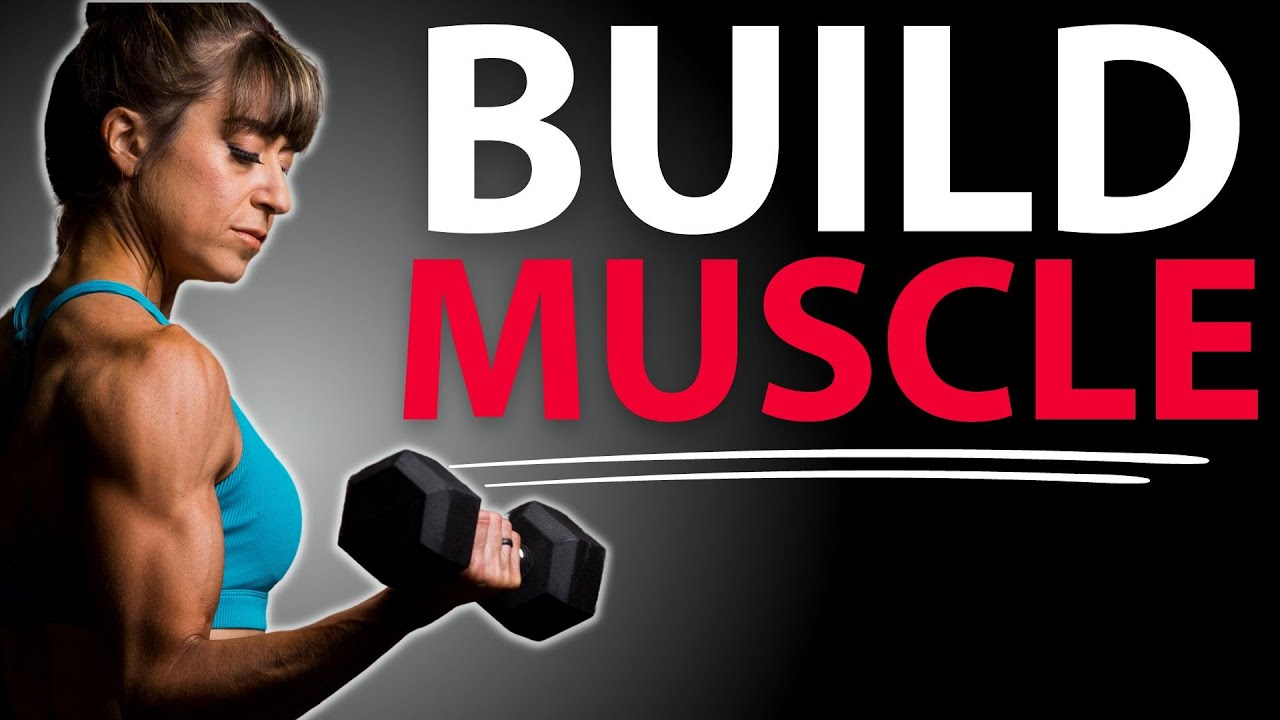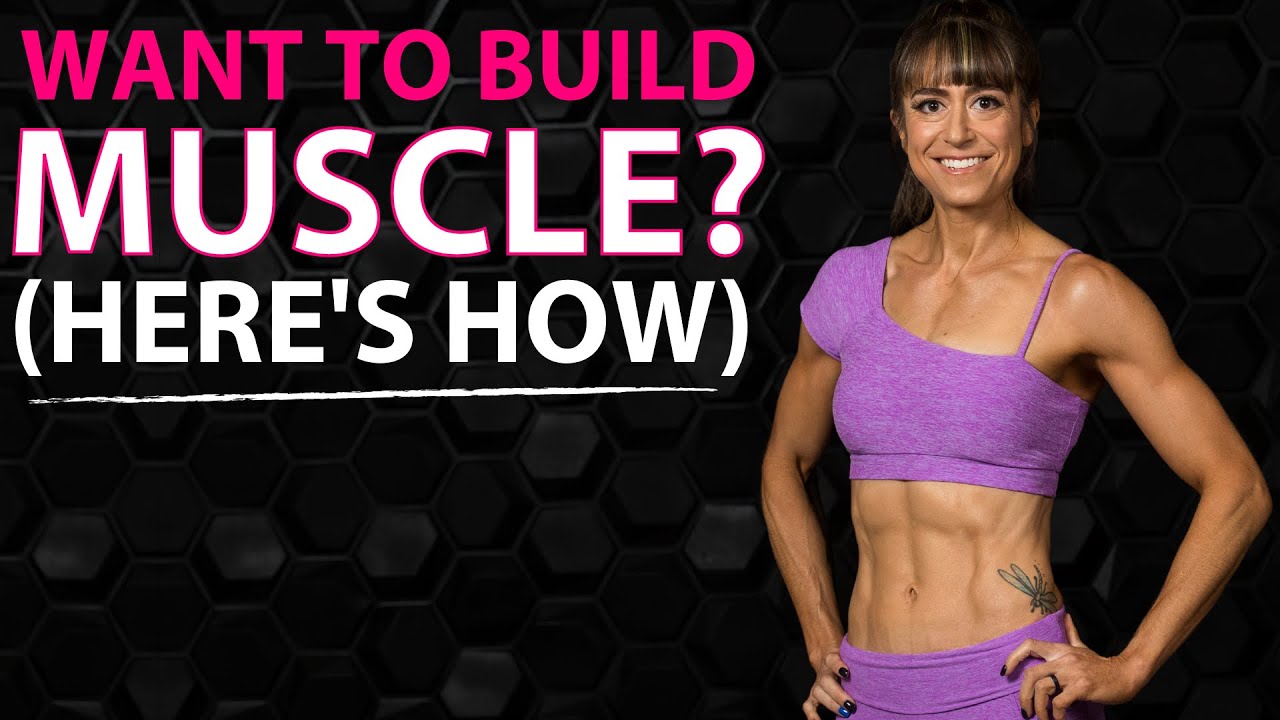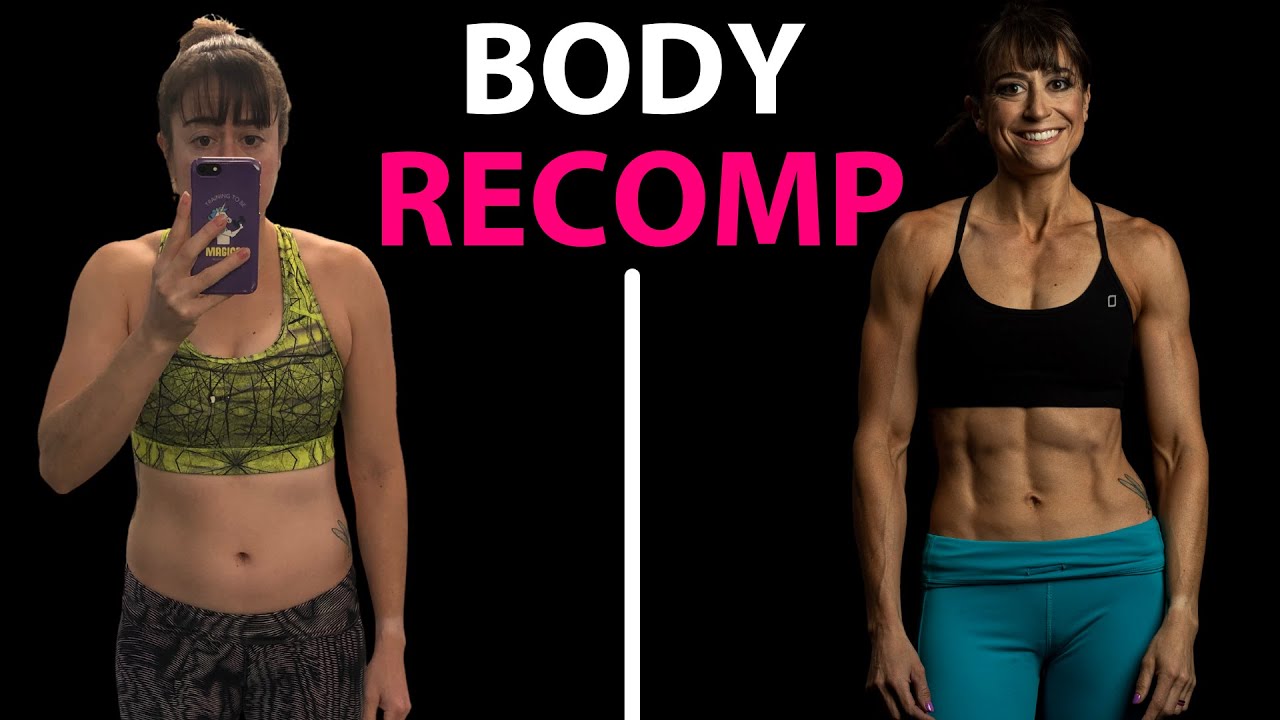
How to Force Muscle Growth (4 Tips)
Are you ready to improve your workouts and dial in your muscle gains?
Then you’ll love these 4 tips to help you design your workouts to build muscle faster.
In this video I’m going to share 4 training tips to help you design more efficient workouts for better muscle gains. Be open to the opportunity in these options over writing off what doesn’t fit what you’ve always done.
Change requires change.
And because many of us realize that the best results happen when our diet and workouts work together, I’m going to share a bonus nutritional tip that will make some of you very mad…
Hey guys it’s Cori from Redefining Strength where we help you feel, look and move your best at any and every age.
Gaining muscle can be a slow process. And the more advanced a trainee you are, the slower the process will be.
That’s why it is key we dial in our training, progressing it with these 4 key training tips. And not only do we need to adjust our diet, but making sure to fuel to create that anabolic environment is key.
Tip #1: Use Two Types Of Resistances.
Which are better….bands, dumbbells, cables, barbells or kettlebells?
The answer is all of them. And it depends.
But so often we get caught up in finding a single BEST tool over realizing that we can create progression by even combining them.
Each of these types of resistances have different benefits. And when we combine them, we can utilize their unique benefits to our advantage.
Especially because we need to really push that progression each workout to build muscle and get better results faster. BUT it can be mentally taxing to constantly be pushing.
And ego can start to get in the way, pushing us to do more weight than maybe we can truly control optimal just to do “more” this week and progress.
That’s why varying up how you apply resistance can help from not only a physical standpoint, but also a mental one.
Consider combining tools like the barbell and bands.
When you combine these two tools, you can not only more easily add loads with the barbell, but you can also benefit from the different resistance arc of the bands.
Bands can help apply more tension where the muscle is strongest and can help you apply more resistance not just dependent on the pull of gravity like free weights.
And the two tools combined can allow you to use lighter barbell loads while making the move more challenging in a new way.
A great example of a way to combine two types of resistances is the Landmine Band Deadlift.
You can not only get the benefit of the loaded barbell in the landmine, but the band will also apply more resistance as you lift and really make you fight to control the eccentric or lower down.
This is a great way to focus even more on that eccentric portion of the lift, or when those hamstrings are stretched, to create better muscle hypertrophy. Studies have shown that by emphasizing the eccentric portion of a move, you may be able to get more efficient muscle gains.
Tip #2: Use Training Density To Move More Weight.
What leads to more strength and muscle growth? Lifting heavier weight more times.
But the heavier the weight, the fewer the reps you can do in a row.
The lighter the weight, the more reps in a row you can complete.
You need to find that sweet spot to move more weight over the course of your individual sessions but also over time.
That is why advanced training techniques like density sets can be so key to include, especially if you are a hard gainer, have been training for longer or even just want to build muscle while being really conscious to avoid gaining unwanted fat.
A great density training design is 3 10 minute supersets, using heavy compound lifts, especially in the first two series.
To use this design, you’ll pick two moves working different areas and repeat them for 10 minutes, pausing only briefly to rest as needed.
You will use one move as a chance to rest the muscles worked in the other exercise.
You will also pick a load you can do about 8-10 reps with at max and then perform about 5-6 reps per set on it.
This allows you to actually use heavier loads and build up volume over the time through completing multiple rounds.
It also often allows for higher quality reps with heavier weights.
You’ll be amazed at how much more weight you can actually move over the course of each workout with this design!
It is killer though so be prepared to cycle out of this design every 3-4 weeks.
Tip #3: Use Partial Reps.
Now before you get mad about this tip, let me break down the opportunity in changing up the range of motion at times, specifically for movements meant to isolate those stubborn areas.
I’m all for strengthening through the fullest range of motion possible as often as possible. This helps us maintain amazing mobility and stability even as we get older and see great muscle growth.
BUT more time under tension for a muscle has also been shown to truly lead to better results faster.
This is why including some partial reps for those stubborn areas, reducing the range of motion can be helpful.
And it can help in 2 ways….
1. It can allow more time under tension to emphasize the eccentric, like on Pulse RDLs where you are spending more time under tension when the muscle is stretched.
2. It can allow you to create more metabolic stress to also drive muscle growth by keeping the muscle in a consistently shortened state and apply more resistance at the end range of motion when the muscle is contracted. With this you’ll often feel that pump or burn building up, like top range of motion bicep curls.
Another benefit is that it can help you overcome stick points in lifts, which can ultimately help you lift more weight, leading to better muscle gains as well.
Tip #4: Putting it all together. Create your progression.
I’ve heard people say they get “bored” by repeating workouts.
But your desire to be “entertained” and constantly do something new may be holding you back from seeing the results you want.
If you want to build muscle, you need clear progression and the ability to recover between sessions.
Randomly stringing workouts and new moves together all of the time may make you super sore, feel hard and ultimately get you nowhere.
Create that clear progression based on those “boring” fundamentals.
And realize that by creating this clear progression, implementing the 3 prior training techniques here, you’re going to see better muscle gains faster.
This allows you to move, feel and look your best…which isn’t boring at all.
Sometimes we have to remember that we are training to do more of what we love even outside the gym.
Plus, find ways to enjoy the challenge of small weekly progressions and include a diversity of movements over the weeks to keep things interesting.
Then every 3-4 weeks assess where you’re at to then make some swaps and keep things from getting too stale!
Now…DUN DUN DUN…the tip some of you will hate….
Don’t Fear Carbs!
What you did to lose weight is NOT what you’ll need to do to build muscle.
If you loved low carb to trim down, you need to let go of any “carbphobia” if you want the best muscle building results.
Carbs create that anabolic environment optimal for muscle growth, not only helping create the hormonal environment for growth but also by being that readily available energy to help muscles rebuild and grow.
If you don’t have enough fuel to allow your muscles to grow, you’re going to spend a lot of hard work and time lifting to not see the results you want.
The more advanced and experienced an exerciser you are, the more you can’t ignore your diet and the importance of not only protein but CARBS.
Muscles need extra energy to grow!
If you are just starting out with your muscle gaining journey, consider even just bumping up your carb intake right post workout to refuel and replenish those depleted glycogen stores.
And if you’re looking for even more nutrition and workout tips to help you build muscle faster, check out my 9 Tips For Faster Muscle Growth video to help you continue making those gains…
And if you’re looking for someone to put together the full system you need to see results, adjusting your diet and your workouts to work together, click HERE to learn more about my fabulous 1:1 Online Coaching!




